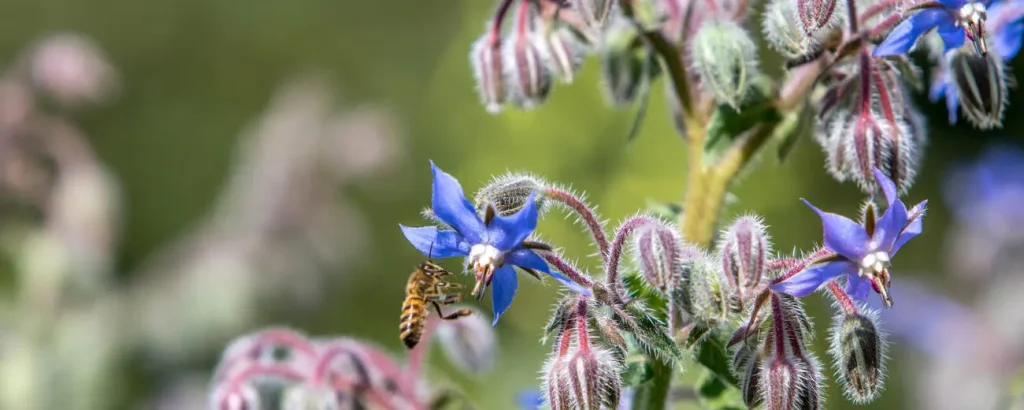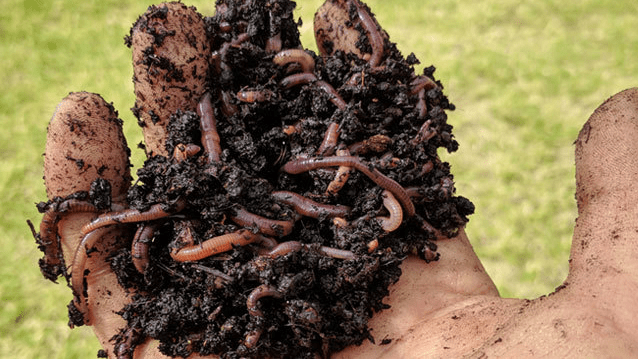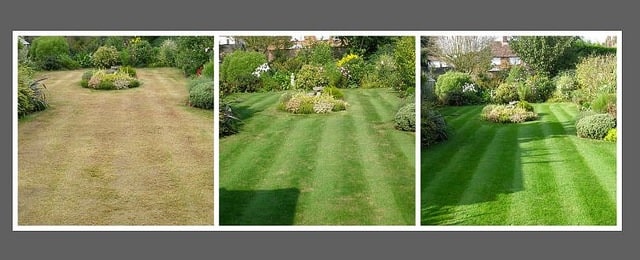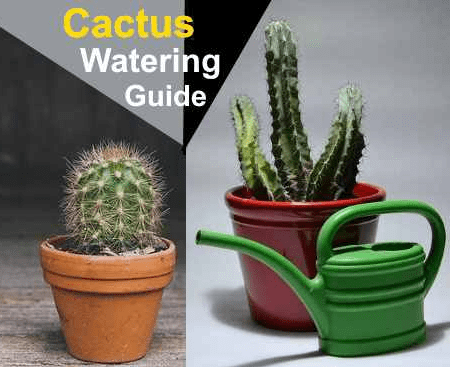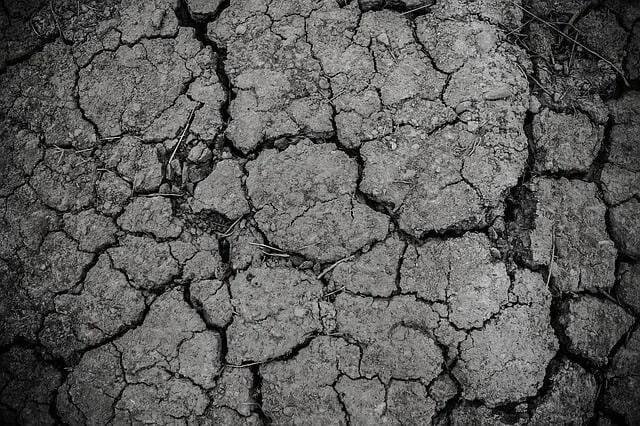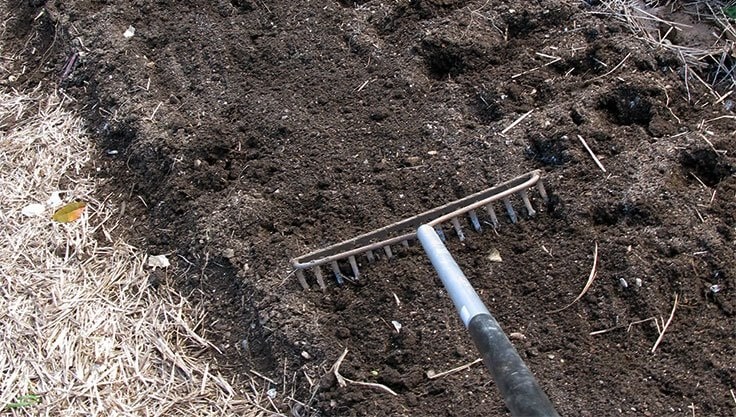Borage is an ancient culinary herb that was also traditionally used for medicinal purposes. This annual plant, with its striking blue star-shaped flowers, is easy to grow. Here’s how to plant, care for, and harvest this flavorful “cucumber herb.”
Borage develops hairy buds that bloom into beautiful blue to violet star-shaped flowers. It is also a valuable source of food for insects.
Borage has been cultivated in monastery gardens since the Middle Ages. It is believed to have originated in the Mediterranean region. In warm climates, this hairy, annual herb can even naturalize itself. It is extremely easy to grow, highly versatile, and attracts bees, bumblebees, and other insects in droves.
Contents
Quick Facts
Borage attracts bees and other insects.
© Ruckszio / stock.adobe.com
- Botanical Name: Borago officinalis
- Family: Boraginaceae (Borage Family)
- Other Names: Cucumber Herb, Blue Star, Heavenly Star
- Sun Exposure: Full sun to partial shade, warm location
- Soil: Nutrient-rich, fresh to moist, but avoid waterlogging
- Water Needs: High
- Growth Habit: 40–60 cm tall and equally wide, heavily branched
- Sowing: April–June, directly in the garden bed
- Blooming Period: June to August
- Harvest Time: 8 weeks after sowing until the first frost
- Winter Hardiness: No, dies with the first frost
- Lifespan: Annual
- Edible Parts: Leaves and flowers
- Storage: Use fresh
- Key Compounds: Pyrrolizidine alkaloids, tannins, mucilage, silica, high potassium levels, gamma-linolenic acid in the seeds
- Health Benefits: Expectorant, diuretic, anti-inflammatory, but toxic in high doses
Growing and Caring for Borage
Borage plants in a garden bed, growing up to 40–60 cm tall.
Borage is an annual plant. It is best sown directly into the garden bed between April and June in a sunny to partially shaded, warm location. Since it is a dark germinator, cover the seeds with a thin layer of soil.
Seedlings emerge after one to two weeks. If they are too crowded, thin them out to ensure at least 40 cm of space between plants. Borage needs air circulation around its large, hairy leaves and branched stems; otherwise, it may become susceptible to powdery mildew. The soft foliage also indicates that the plant requires a lot of water, though it does not tolerate waterlogging.
With the first frosts, borage dies off.
Self-Seeding Borage
Once borage is established in a garden, it tends to self-seed. The plant’s blue star-shaped flowers attract insects and produce plenty of seeds. Ants are particularly drawn to the protein-rich attachment (elaiosome) on the seeds and carry them into their nests. The actual seeds remain behind, allowing borage to spread throughout the garden.
If you don’t want borage to spread, harvest the seeds early and sow them selectively.
Harvesting and Using Borage
A colorful salad with borage flowers, tomatoes, radishes, and greens.
Harvest only the young, tender leaves and blue flowers for culinary use. Older leaves tend to become fibrous. Borage wilts quickly, so it’s best used immediately. Its cucumber-like taste explains its common name, “cucumber herb.” Historically, it was even used in pickling gherkins.
- Chopped leaves add a refreshing flavor to salads or can be cooked like spinach.
- They are a key ingredient in Frankfurt Green Sauce and enhance egg and quark dishes.
- Flowers make an eye-catching garnish for soups, salads, sauces, and drinks. They are almost too beautiful to eat—but too delicious to leave behind!
Is Borage Edible or Toxic?
Borage contains numerous beneficial nutrients, including essential oils in small amounts and high levels of potassium, which has a diuretic effect. Silica strengthens hair, skin, and nails, while mucilage is soothing for the stomach and intestines. The tannins also have anti-inflammatory properties.
However, borage also produces pyrrolizidine alkaloids, which deter herbivores but can damage the liver in high doses. Animal studies have linked these compounds to cell changes and cancer.
Recommendation: Consume borage no more than once a week. Pregnant women should avoid it entirely.
Borage Oil for Eczema
Borage seeds contain high amounts of gamma-linolenic acid (GLA). Research shows that people with eczema (atopic dermatitis) often have an enzyme deficiency that prevents them from producing GLA. Borage oil can help compensate for this deficiency.
Kraut & Rüben Tip: Candied Star Flowers
Candied borage flowers are a beautiful decoration and a tasty treat!
- Dip fresh flowers individually in beaten egg white.
- Place them on baking paper and sprinkle with sugar.
- Dry them in a warm oven at around 50°C until the sugar coating hardens.
- Store in airtight jars.
These delicate, sugar-coated blooms make stunning garnishes for cakes, desserts, and cocktails!

